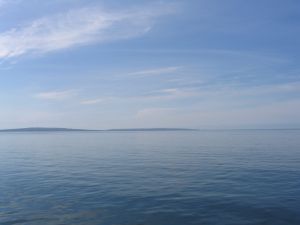
Ocean exploration, part of oceanography, is the exploration of ocean surfaces. Notable explorations were undertaken by the Greeks, the Phoenicians, the Romans, the Polynesians, Phytheas, the Vikings, Arabs and the Portuguese. Scientific investigations began with early scientists such as James Cook, Charles Darwin, and Edmund Halley. Ocean exploration itself coincided with the developments in shipbuilding, diving, navigation, depth, measurement, exploration, and cartography.


